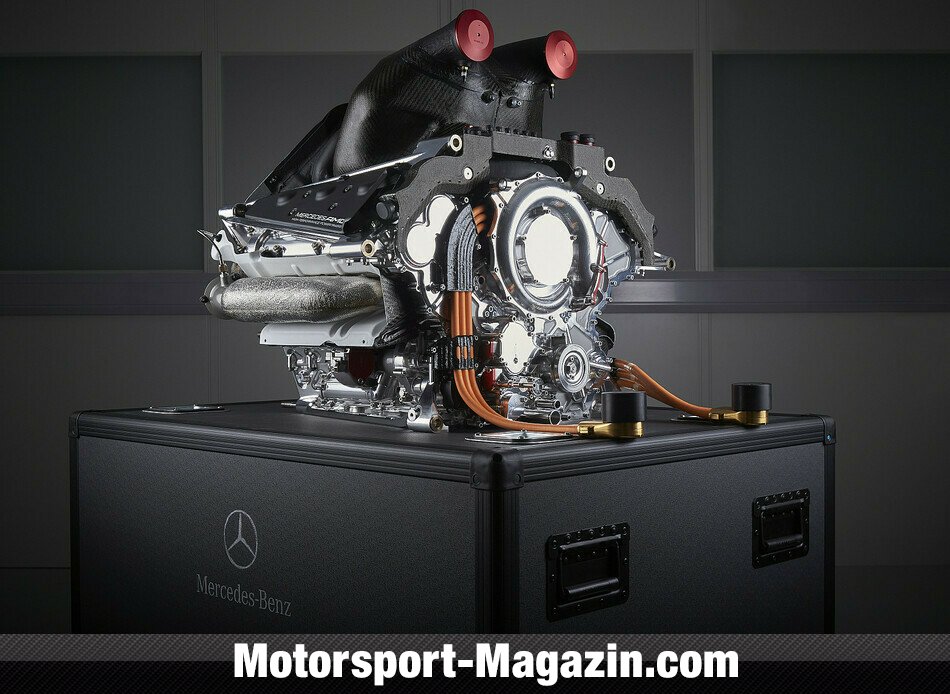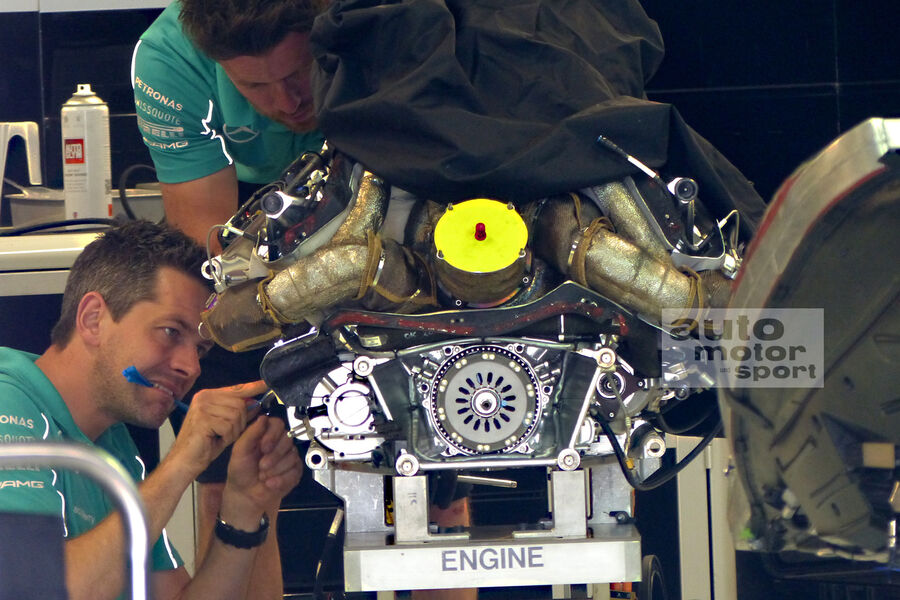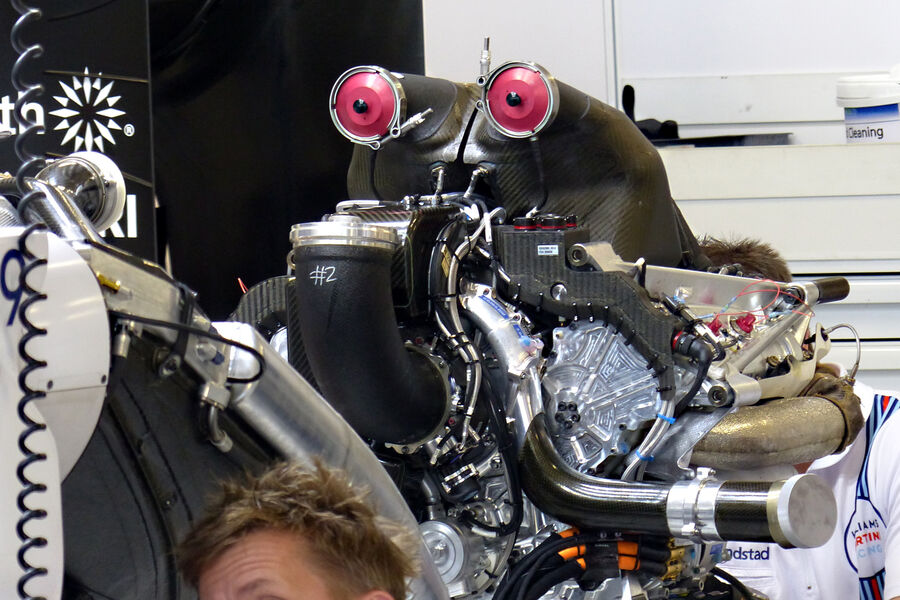J.A.W. wrote:Well, W - that's what a couple of recent posts were considering..
At what point does engine balance/harmonic integrity/mechanical longevity - become worth such a trade-off?
& if so, would such a device be able to be incorporated into a shaft used for other functions as well,
- in order to reduce inertia/frictional losses?
I should imagine that the main issue, especially with driving accesories, would be torsional vibration of the crankshaft due to uneven firing intervals.
Torsional vibrations could be isolated with flexible shafting - as was done for driving propellers and accessories iin WW2 aero engines. It may also be that the high frequency sue to the rpms make the issue less in any case.
The lightened components and careful design of the crankshaft counterweights mean that shaking forces are likely to be less than for large road car equivalents as well.






